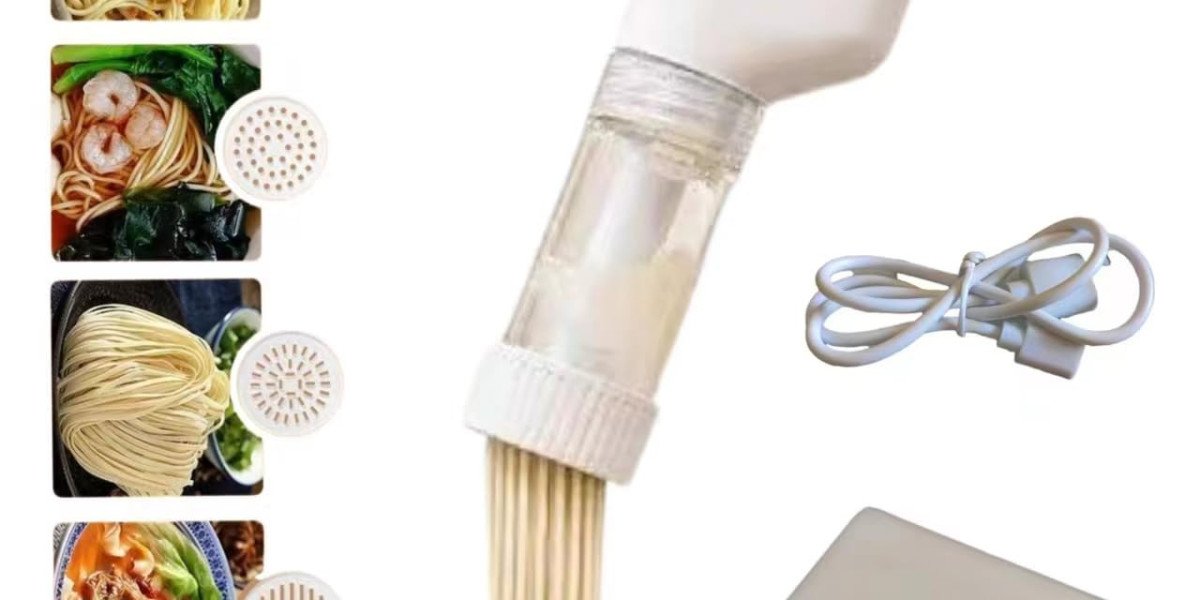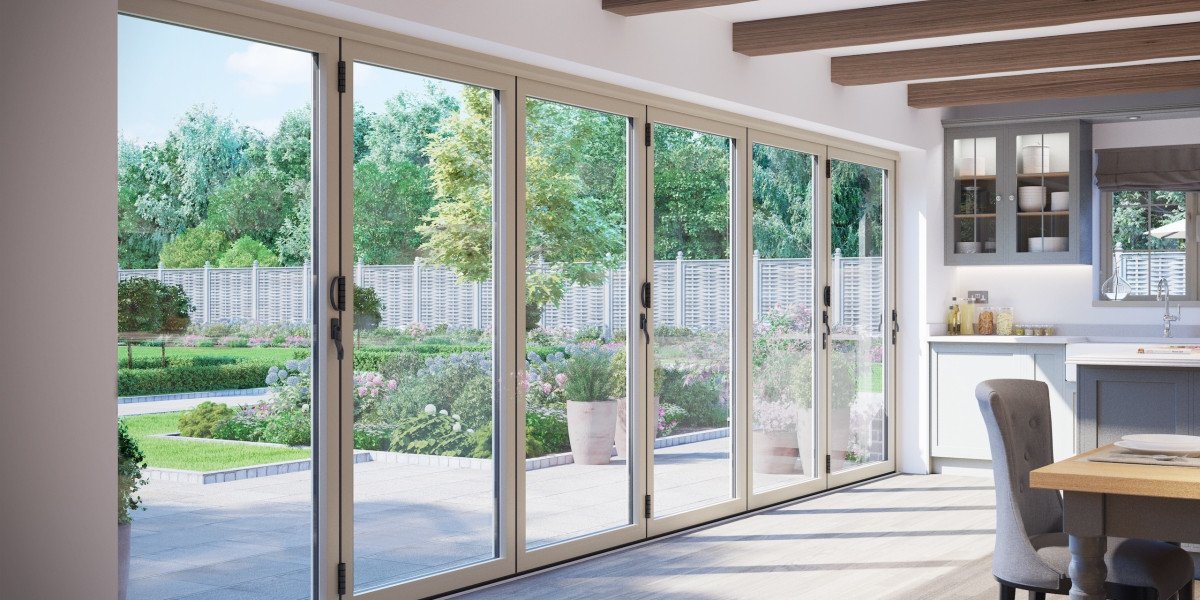If your audience dreams of melding industry precision with kitchen creativity, the Noodle Making Machine factory becomes a compelling centerpiece. Across social platforms, many home cooks and culinary creators are sharing reels that trace the journey from machine parts to silky strands of noodles in their own kitchens. That behind-the-scenes glimpse into craftsmanship generates intrigue—and positions Haiou as both artisan and innovator.
One compelling trend shows creators filming factory floors, tool assembly, then shifting to cozy cooking scenes. That visual narrative bridges large-scale manufacturing with intimate home use. Viewers love seeing how components, rollers, and molds come together to create tools that later help transform dough in familiar kitchens. That arc invites trust in what lies behind the machine.
Authentic content draws more engagement than perfected staging. Clips that show flour clouds, trial runs, tiny mistakes, and final success feel human. When users see how a machine handles varied doughs, bends in rollers, or alignment quirks, they feel empowered to try it themselves. That sense of possibility and access is key to turning viewers into participants.
But the heart of the message lies in performance rooted in design. A machine made by a reputed factory delivers consistent results, durability, and reliability. For home cooks, that means fewer interruptions, more confidence to experiment, and incentive to share successes. When users mention how solid the build feels or how smooth the extrusion turns, those comments strengthen perception of value.
Collaboration adds another voice. Partner with creators who spotlight both the factory aesthetic and home routines. A video might open with steel rollers, gear calibration, and then transition to dough being fed. That journey reinforces the promise behind the product. When creators express surprise at how well something made industrially performs domestically, their audience listens.
In your content, emphasize narrative over specs. Focus on motion: dough compressing, rollers spinning, noodle strands unfolding. Combine macro closeups with ambient shots. Prompt audiences: “Which shape would you try first?” or “What color blend intrigues you?” That kind of engagement turns passive viewers into active participants.
Calls to action should be invitations, not demands. Use phrases like “explore our designs,” “imagine your own setup,” or “see our production journey.” Avoid pressure or exaggerated promises. Let people move from curiosity to click naturally.
Timing also plays a role. Align storytelling with trends in home cooking, kitchen upgrades, and DIY food culture. Use hashtags tied to noodle making, artisan tools, and culinary exploration. That way your content appears in conversations already happening—not as an interruption.
Sensory storytelling matters. Evoke the tension in fresh dough, the soft hum of rollers, the aroma of boiling noodles. These details allow readers to feel the experience rather than read claims. Overstatements detract; subtle sensory writing draws attention.
Finally, when interest peaks, guide readers to your domain. Offer prompts to browse designs, compare models, and view factory insights. At that moment of curiosity, guide them to your site. When they’re ready, they can explore full details at www.cnhaiou.com







